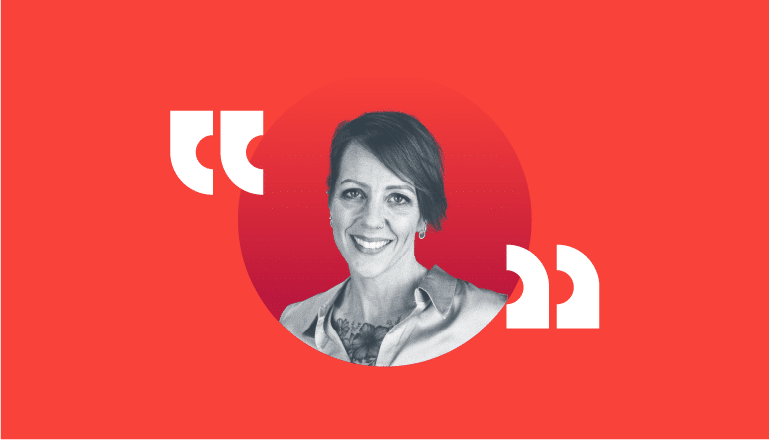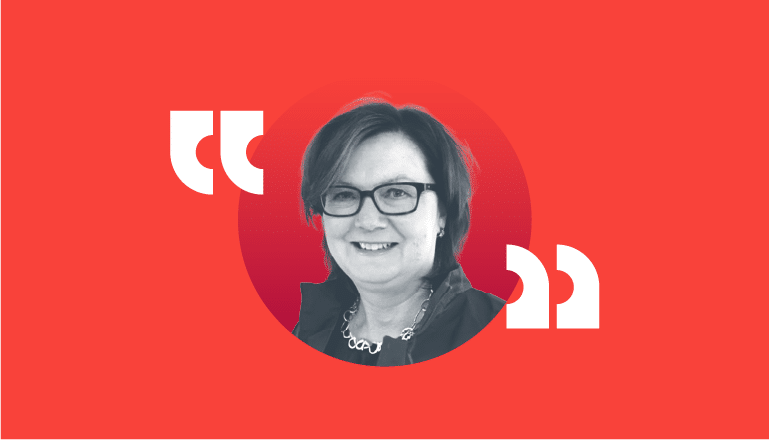The release of the Patient-Driven Payment Model (PDPM) in October of 2019 reshaped the operating landscape for Skilled Nursing Facilities (SNFs).1 These new regulatory changes came coupled with new opportunities to leverage data to drive results. By identifying areas where data can be best employed, we’ve seen that managers, owners, and operators can make better decisions, drive higher profits, and position their teams for success in the next phase of the industry.
1) Continued Improvement in Efficiency of Care
The biggest overarching change of PDPM is a shift from volume-based to value-based care. While this should prove an overall win for the industry, it does put some added pressure on SNFs to continue improving efficiency of care. We are seeing the need for greater efficiency and streamlined operations than ever before in the midst of this leaner system.
Data is the lifeblood of efficiency. SNF care teams can only get stronger by tracking metrics like treatment success rates, supply and resource usage, the average length of stay by condition, readmittance rates, intake assessment successes, alternative treatment success rates, and any other treatment-related data points. Data on what’s working and what’s not drives more informed decision making, better patient care, and an overall more successful operation.
2) Saving Through Resource Management
An area where data has proven extremely effective in helping to improve efficiencies is resource management. By tracking how we’re employing staff, equipment, outside contractors, and all available resources, we can begin to identify areas of success and areas of improvement.
Chances are your operations already run lean, but with the recent changes to reimbursement—every penny and every second count. An improvement of a few dollars of savings or a few minutes of extra time might seem small, but when extrapolated out over hundreds or thousands of patients over the year—it adds up.
Download Ebook: 5 SNF Trends for a Post-Pandemic World
3) Identifying Trends in MDS Assessments
The already important intake MDS assessment becomes much more critical to success under PDPM, as the results can dictate reimbursement for the entire duration of a patient’s stay. Training MDS coordinators and assessors on the new changes and what to look for is step one.
Step two is using data to have their backs. By tracking and assessing patients throughout their entire stay, we can start to identify any trends of conditions, comorbidities, or Section GG items that might be able to be included during the assessment. The changes and new responsibilities are already a lot to put on intake staff. By tracking and comparing intake assessments with what treatment staff and contract therapists are seeing, SNFs can identify areas where they can adjust supportive training.
4) Protection from Audits and Takebacks
Under the old system, SNFs only needed to defend the volume of therapy in the case of audits and potential take-backs. Now, though, that process may be more extensive, as early indications show that defense of treatment decisions and demonstrating attention to all conditions identified for reimbursement may be the new norm.
While you know your team and your contractors do a great job treating patients, you now may be required to show it in greater detail. Keeping detailed data and treatment records becomes key. By utilizing systems and best practices to document treatment efficiently and effectively, audits and takebacks become nothing to worry about.
Learn how Optima Therapy for Skilled Nursing Facilities & Senior Living can help you leverage data to make better decisions, improve efficiencies and help your business be more successful.
1. Centers for Medicare & Medicaid Services, https://www.cms.gov/Medicare/Medicare-Fee-for-Service-Payment/SNFPPS/PDPM





